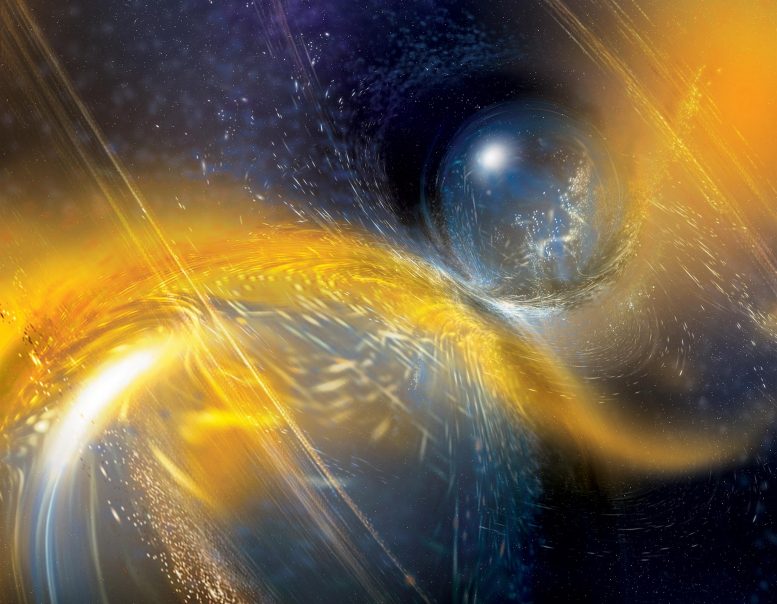
Artist’s rendition of a binary neutron star merger. Credit: National Science Foundation/LIGO/Sonoma State University/A. Simonnet
On April 25, 2019, the LIGO Livingston Observatory picked up what appeared to be gravitational ripples from a collision of two neutron stars. LIGO Livingston is part of a gravitational-wave network that includes LIGO (the Laser Interferometer Gravitational-wave Observatory), funded by the National Science Foundation (NSF), and the European Virgo detector. Now, a new study confirms that this event was indeed likely the result of a merger of two neutron stars. This would be only the second time this type of event has ever been observed in gravitational waves.
The first such observation, which took place in August of 2017, made history for being the first time that both gravitational waves and light were detected from the same cosmic event. The April 25 merger, by contrast, did not result in any light being detected. However, through an analysis of the gravitational-wave data alone, researchers have learned that the collision produced an object with an unusually high mass.
Simulation of the binary neutron star coalescence GW190425 This movie shows a numerical simulation representing the binary neutron star coalescence and merger which resulted in the detected gravitational-wave event GW190425. The two neutron stars shown here have properties consistent with the detection made by the Advanced LIGO/Virgo detectors. Still images can be downloaded from this link. Credit: Numerical Relativity Simulation: T. Dietrich (Nikhef), Wolfgang Tichy (Florida Atlantic University) and the CoRe-collaboration Scientific Visualization: T. Dietrich (Nikhef), S. Ossokine, and A. Buonanno (Max Planck Institute for Gravitational Physics)
“From conventional observations with light, we already knew of 17 binary neutron star systems in our own galaxy and we have estimated the masses of these stars,” says Ben Farr, a LIGO team member based at the University of Oregon. “What’s surprising is that the combined mass of this binary is much higher than what was expected.”
“We have detected a second event consistent with a binary neutron star system and this is an important confirmation of the August 2017 event that marked an exciting new beginning for multi-messenger astronomy two years ago,” says Jo van den Brand, Virgo Spokesperson and professor at Maastricht University, and Nikhef and VU University Amsterdam in the Netherlands. Multi-messenger astronomy occurs when different types of signals are witnessed simultaneously, such as those based on gravitational waves and light.
Additional numerical simulation of GW190425 This video shows the numerical relativity simulation of a binary neutron star system compatible with the source of the GW190425 signal, detected by the LIGO-Virgo global network of gravitational-wave detectors on April 25th, 2019. It is made of two parts, both showing the last orbits of the neutron stars, then their collision, followed by the prompt collapse of the remnant into a black hole. The first part focuses on the dynamics of the neutron star matter in the strong field central region; the highest mass-density (blue) are above nuclear densities, the white surfaces appearing later approximate the black hole horizon. The second part, a zoom out of the same simulation, shows the propagation of the emitted gravitational waves on the orbital plane and far from the source. Credit: CoRe collaboration www.computational-relativity.org / Jena FSU
The study, submitted to The Astrophysical Journal Letters, is authored by an international team comprised of the LIGO Scientific Collaboration and the Virgo Collaboration, the latter of which is associated with the Virgo gravitational-wave detector in Italy. The results were presented at a press briefing on January 6, 2020, at the 235th meeting of the American Astronomical Society in Honolulu, Hawaii.
Neutron stars are the remnants of dying stars that undergo catastrophic explosions as they collapse at the end of their lives. When two neutron stars spiral together, they undergo a violent merger that sends gravitational shudders through the fabric of space and time.
LIGO became the first observatory to directly detect gravitational waves in 2015; in that instance, the waves were generated by the fierce collision of two black holes. Since then, LIGO and Virgo have registered dozens of additional candidate black hole mergers.
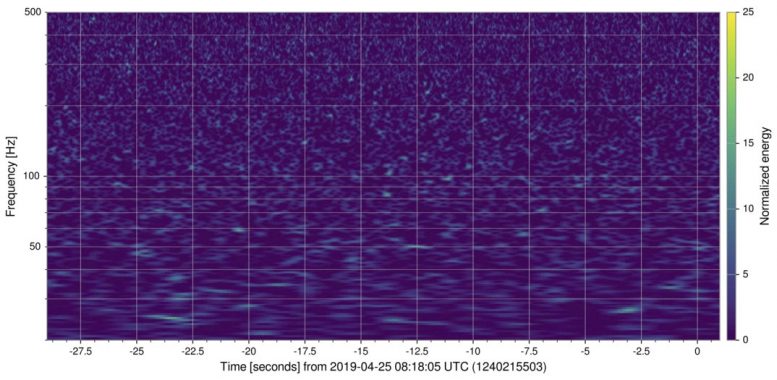
Spectrogram of the data from the LIGO Livingston detector at the time of GW190425. The color scale shows a measure of the power present in the data at a given frequency and time. The animation alternates between two frames showing: (i) the spectrogram of the data (detector noise + signal) and (ii) the data with the GW190425 waveform subtracted. The differences between these spectrograms clearly show a “chirp” signal characteristic of compact binary inspirals. Credit: LIGO/Virgo.
The August 2017 neutron star merger was witnessed by both LIGO detectors, one in Livingston, Louisiana, and one in Hanford, Washington, together with a host of light-based telescopes around the world (neutron star collisions produce light, while black hole collisions are generally thought not to do so). This merger was not clearly visible in the Virgo data, but that fact provided key information that ultimately pinpointed the event’s location in the sky.
The April 2019 event was first identified in data from the LIGO Livingston detector alone. The LIGO Hanford detector was temporarily offline at the time, and, at a distance of more than 500 million light-years, the event was too faint to be visible in Virgo’s data. Using the Livingston data, combined with information derived fromVirgo’sdata, the team narrowed the location of the event to a patch of sky more than 8,200 square degrees in size, or about 20 percent of the sky. For comparison, the August 2017 event was narrowed to a region of just 16 square degrees, or 0.04 percent of the sky.
“This is our first published event for a single-observatory detection,” says Caltech’s AnamariaEffler, a scientist who works at LIGO Livingston. “But Virgomade a valuable contribution. We used information about its non-detection to tell us roughly where the signal must have originated from.”
The LIGO data reveal that the combined mass of the merged bodies is about 3.4 times the mass of our sun. In our galaxy, known binary neutron star systems have combined masses up to only 2.9 times that of sun. One possibility for the unusually high mass is that the collision took place not between two neutron stars, but a neutron star and a black hole, since black holes are heavier than neutron stars. But if this were the case, the black hole would have to be exceptionally small for its class. Instead, the scientists believe it is much more likely that LIGO witnessed a shattering of two neutron stars.
“What we know from the data are the masses, and the individual masses most likely correspond to neutron stars. However, as a binary neutron star system, the total mass is much higher than any of the other known galactic neutron star binaries,” says Surabhi Sachdev, a LIGO team member based at Penn State. “And this could have interesting implications for how the pair originally formed.”
Neutron star pairs are thought to form in two possible ways. They might form from binary systems of massive stars that each end their lives as neutron stars, or they might arise when two separately formed neutron stars come together within a dense stellar environment. The LIGO data for the April 25 event do not indicate which of these scenarios is more likely, but they do suggest that more data and new models are needed to explain the merger’s unexpectedly high mass.
Additional information about the gravitational-wave observatories:
LIGO is funded by the NSF and operated by Caltech and MIT, which conceived of LIGO and lead the project. Financial support for the Advanced LIGO project was led by the NSF with Germany (Max Planck Society), the U.K. (Science and Technology Facilities Council) and Australia (Australian Research Council-OzGrav) making significant commitments and contributions to the project. Approximately 1,300 scientists from around the world participate in the effort through the LIGO Scientific Collaboration, which includes the GEO Collaboration.
The Virgo Collaboration is currently composed of approximately 520 members from 99 institutes in 11 different countries including Belgium, France, Germany, Hungary, Italy, the Netherlands, Poland, and Spain. The European Gravitational Observatory (EGO) hosts the Virgo detector near Pisa in Italy, and is funded by Centre National de la Recherche Scientifique (CNRS) in France, the Istituto Nazionale di Fisica Nucleare (INFN) in Italy, and Nikhef in the Netherlands.

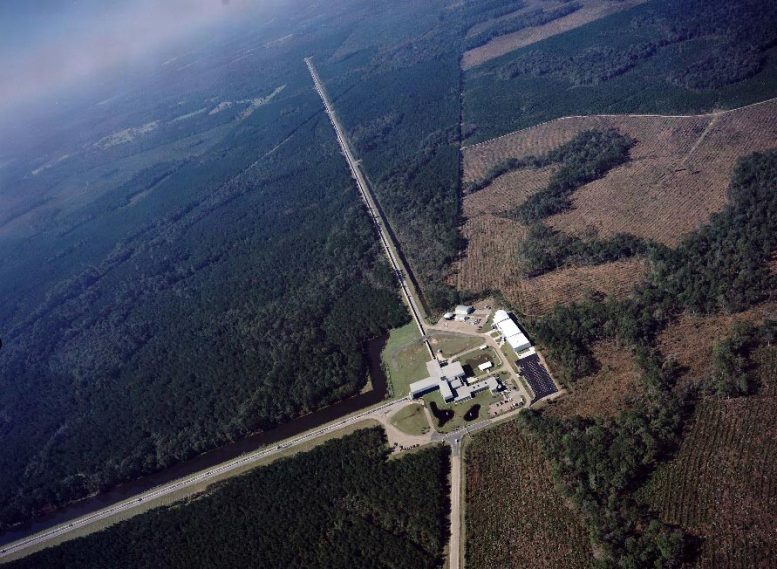
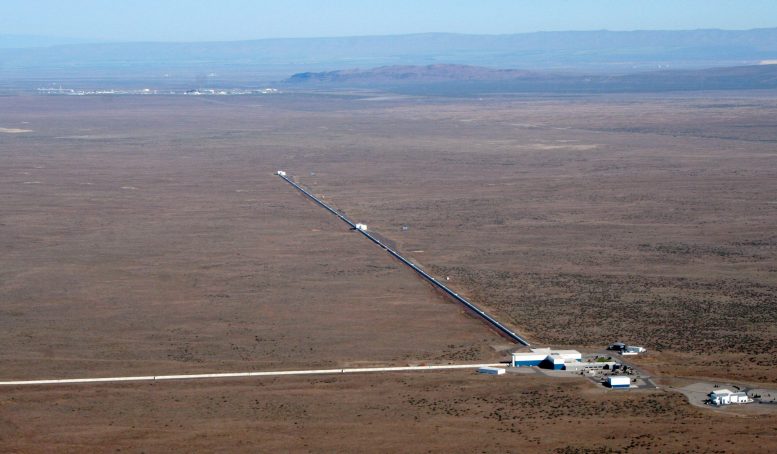

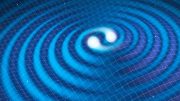
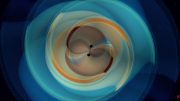
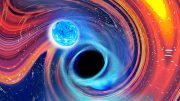
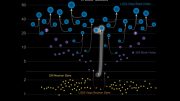
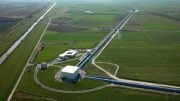
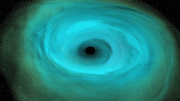
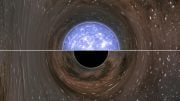
Does this instrumentation scan for magnetic connections and plasma electricity sheets? Does the data include plasma electro magnetic connections ?
Nah bruh
Bruh u so unedu oike im in the ghetto rhatatataata
Ratatata roblox with the nathan and bros
What’s this rhatatatatatatatat like tiktok iz kina corruptin ma bargain
Mo bamba is sicko mode
uh.. ratatat slat.. uh uh had to put my stick in the box🦵🏿
Can’t fit the stick cuz i aint got the facilitieszzzz
Uh so you guys wanna meet up at defy
Gigidy gidigd gooooo
doctor say ima grow to 7’2
The d?
My favorite song is ransome
What’s up ramsomers nathan here back at it again and im finna be 7 3 bby and strapless
The d? Cuz yummalicious
Strap me wherever bby
You console me bby and i catch feeling for you cuz you are the reason that my mom made me…. kids finna be mixed
Lightskin she gon twer
Move in w me and make a fortune bc you b ball star gonna make riches
Girl i wanna se u twer
Bruh you alr know ima b star…..mama please dont you cry im soryyy
Mama, please don’t you cry, I’m sorry
Give you my heart that’s filled with pain
Give me my freedom
Take off these shackles, they hurt my hands
Let me go home
Cold shower, cold bath, cold food, cold slab
Only makes a cold heart
Cold shower, cold slab, cold food, cold bath
Only makes a cold
Mama, please don’t you cry, I’m sorry
Hi ansh ask ur mom to ask my mom if we can hav a roblox seesion
bro issa bout to be lit at defy
Hey guys come to my bday party
My heart so cold i think im dine w ice brrrrrrrrr